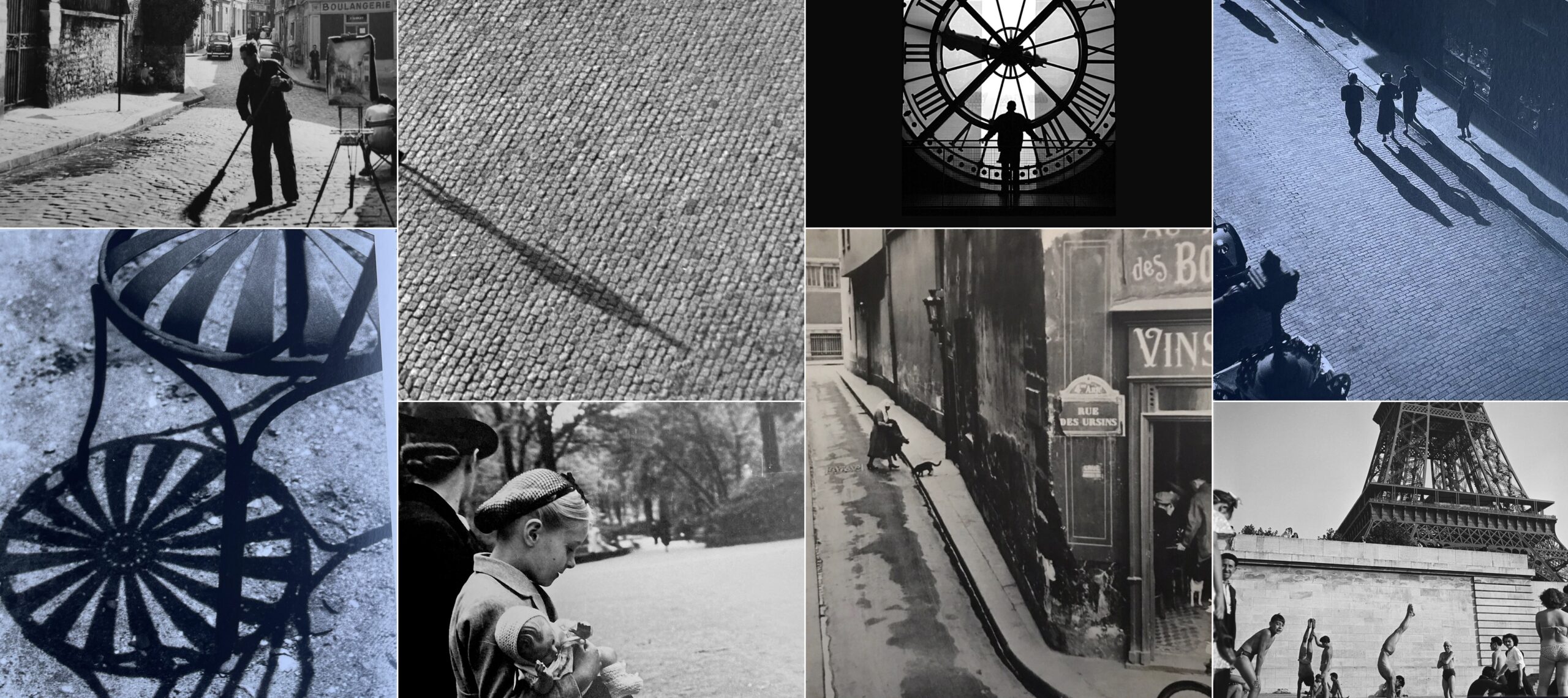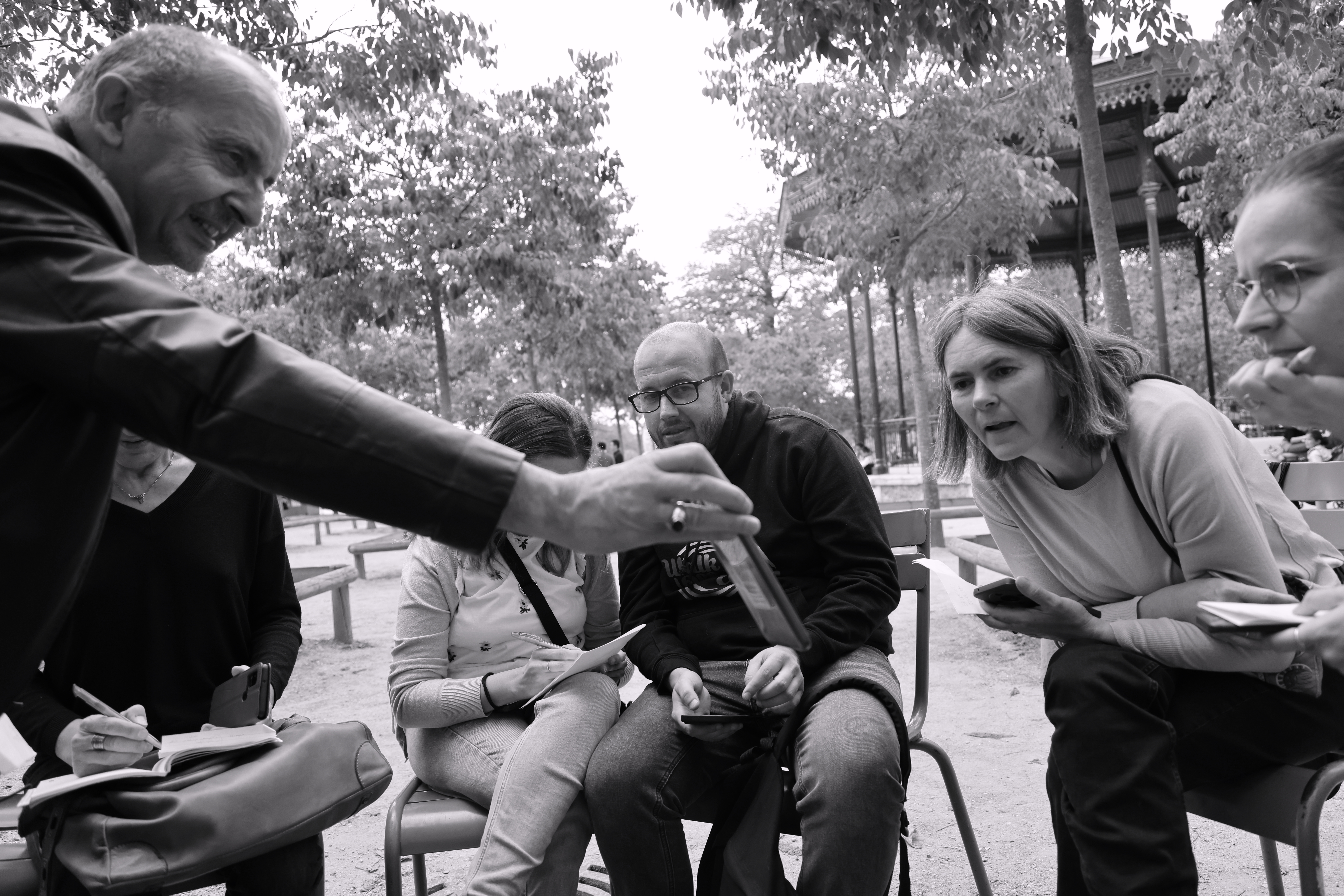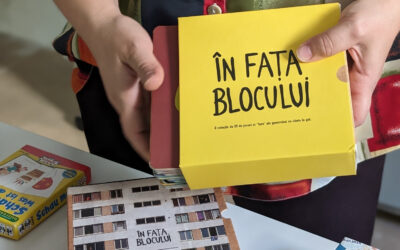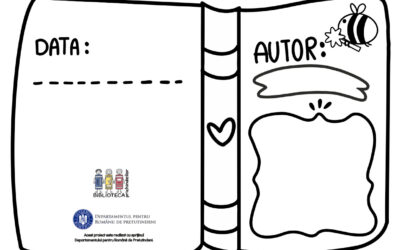In the Footsteps of Hungarian Photographers
In the Footsteps of Hungarian Photographers
The workshop blends language learning with cultural exploration, encouraging participants to use Hungarian creatively while connecting with the artistic legacy of Hungarian photographers. It also develops skills like digital tool usage, non-verbal communication, and intercultural understanding. Adaptable to various languages, age groups, and learning contexts, the activities can be modified for online or offline settings.
Time
3-4 hours
from 12 years old
Max 20 people
Language skills
Vocabulary to describe outdoor environment (adjectives and nouns), word order
Other skills
Creativity, Group building and co-working, orientation, cultural skills, discovery of culture of origin
- Learners practise vocabulary and syntaxe by repeating them in different contexts in oral and written forms.
- The words learnt are linked to the unique experience of illustrating them by making photos.
- They also gain knowledge about their culture of origin by discovering Hungarian photographers.
- Soft skills such as work in groups are also developed.
- Visual, artistic, creative and associative skills are also improved. Learners create their own photo compositions and give them personal meanings.
Levels
From A1 to B2
stickers, smartphones, notebooks, pen, maps

Languages Available
Introduction and Presentation of the Framing Narrative
Activity 1
1. Gather the group in a circle, making sure everyone can see each other.
2. Introduction by the facilitator:
Welcome everyone to the workshop and explain that the first activity will help everyone get to know each other through their favourite words.
3. Sharing favourite words in your language of origin:
- Participants introduce themselves by sharing their favorite Hungarian word and explain why they like this word: is it because of its meaning, its sound, or because it evokes memories.
- You can also as them to write them down on small cards or stickers next to their names and use them as name tags by fixing it on their cloths
4. Sharing Framing Story:
Invent and share a role play type of framing story.
Example for Framing Story from the Paris workshop:
“We are in the near future, where digital tools and artificial intelligence have become so advanced that, in most professional settings, it’s likely that hardly anyone will need to learn languages other than their own. However, in personal and family spheres, as well as in artistic fields where emotions are conveyed and machine intervention is not tolerated, people continue to study languages for creativity, literary translation, or sharing and exchanging with their lovers, friends, parents, grandparents, grandchildren, etc. We, who in the past world, learned languages not to advance our careers or to gain any material benefit, but simply to tell stories to our grandchildren, to say kind words to our lovers, or to appreciate the tales of our ancestors or our grandmothers’ cooking in their native language, have become rare and highly sought-after. We are observed as phenomena by scientists, who try to understand how speaking a second language with which we have a strong emotional connection, even if we do not master it perfectly, can influence our way of perceiving or interpreting the world and drive us to creativity, both individually and as a group sharing a passion for the same language. What can we bring to the world that would be different or superior to what machines are capable of? This is also why we have gathered here. The scientific experiment we are participating in today aims to understand how human perception of a place, image, or atmosphere changes when they are interpreted and described in a language that has fundamentally nothing to do with the context in which we perceive them. For the results of this experiment to be usable, we must complete several creative tasks.”
Exploring Photographers through Inventing Titles
Activity 2
1. Introduction to the activity:
Our first task will be to interpret the emotions conveyed by people who, in the past, experienced situations somewhat similar to ours, and their emotions expressed in their native language. We are talking about the countless Hungarian photographers who lived in Paris and captured various moods of the city from the early 20th century onward.
2. Getting familiar with the resources:
- Take your mobile phones and explore the website: https://cotaassociation.wixsite.com/photoparis Scroll through the photo gallery.
- If a photo intrigues you, click on it to reveal the photographer’s name and some biographical details.
3 . Choose photos:
Tell everyone to choose a photo. Initiate conversation about where the photos could be taken. Below the gallery, on the map, check the approximate locations where the photos were taken. To better visualize the map, press the small arrow in the top right corner to view it in full screen.
4. Inventing titles:
Give titles to the photos you’ve chosen. To help you, below the map, you’ll find two lists of 100 adjectives and 100 nouns. Try to choose words from these lists to compose your title so that others can easily recognize the words, even if they don’t immediately understand them. Your titles can consist of an adjective followed by a noun, or multiple adjectives and nouns. You can add conjunctions, plural endings, accusative case, possessive forms, or decline the nouns to form prepositional phrases.Try to create titles that aren’t too obvious, preferably a bit enigmatic, so that others won’t easily guess which photo you’ve chosen.
5. Write down the titles:
Each participant shall note their titles.
6. Share your titles with each other without revealing the corresponding photos.
In turns, every participant will read out-loud the titles they invented. the other participants should note down all the titles they hear.
CREATIVE PHOTO MAKING WALK
Activity 3
1. Creative walk
Take a walk around the surroundings in small groups or pairs, immersing yourselves in the ambiance of the streets you traverse, while keeping in mind the titles given by other participants.
2. Making photos
Make photos that epresent scenes, landscapes, or details that could correspond to each title that you noted. Being accompanied might be helpful if you need people to pose as figures in your photos. If, by chance, you already have an idea of a photo that matches the title you’re representing, resist the temptation to recreate that photo. Instead, clear your mind and create original images. If needed or if you prefer, you can also draw, sketch, or record sounds or short videos.If you’re unable to create content for all the titles, that’s okay—just do as much as you can. After taking each photo, upload it to the map.
3. Optional uploading of photos on Padlet.
- Reopen the website: https://cotaassociation.wixsite.com/photoparis
- Put the map in full-screen mode.
- Tap the “+” button at the bottom center of the screen.
- Enter the address where you took the photo.
- Select the first icon to upload a file.
- Choose the photo, video, or audio file you want to upload.
- Once the upload is complete, tap “publish,” and you’re done
Quiz Game Session
Activity 4
1. Introduction to the activity:
Once that you all made photos for each titles, and you are all together again, you will try to guess which titles correspond to which photos. You will be playing both the photographers’ and our own photos. If a player has an idea, they must say the title out loud and explain which photo they think it matches. To do this, they should either describe the photo (ideally in Hungarian, with help from other participants if needed) or give its location on the map, or both. The person who took the photo or assigned the title to one of the black-and-white photos should simply respond with “igaz” or “helyes” if someone correctly guessed the title, or “nem igaz” or “hamis” if the title doesn’t match the image.If the title is correct, the player should add it as a comment under the corresponding photo on the map. Gradually, each of you will accumulate points—one for each correct title.A small surprise is planned for the top one or three winners, such as a beautiful printed photo, a book, or a Hungarian treat.
2. Show your photos to each other:
In turns, each participant will show the photos they made. The other participants, with the help of the list they noted will try to find out to which title does the photos shown correspond.
3. Write down the titles:
The participants, to practice writing skills, shall write down the title they think of in silence. Once the titles are written, they are shown to the photographer who answers by “true” or “false” in the language you are practising or learning.
4. Note the right answers:
Make a list with the participants’ names and note each time when they match the photo with the correct image.
5. Recompense the winner:
Preview a small gift for the person who gave the most good answers, preferably something related to their language or the culture of origin.
Following the example of working with cubes, picture cards were also used. They were no less successful.
6. Ending:
To conclude, review the original photos to which the invented titles were given.
CLOSING SESSION / REVISION AND FEEDBACK
Activity 5
1. Introduction to the activity:
Gather the participants in a circle. Explain that this is the final part of the workshop, where everyone will have a chance to reflect on their experiences and share their feelings about the day.
2. Asking open questions:
You can start with the following questions:
- What did you learn today ?
- Which part of the workshop did you like the most?
- Which photographer is your favourite one and why ?
- What would you do differently?
- Do you want to share any game ideas based on the photos?
3. Revision of the vocabulary learnt:
Ask the participants to share the list of words and expressions that they learnt either in a written form or orally.

For Educators & Teachers
Preparation
- Get familiar with the resources that you will use: https://cotaassociation.wixsite.com/photoparis
- Otherwise, you can create your own collection of photos and make an online gallery or print them.
- Optionally, create your own list of vocabulary to be used during the workshop.
- Get familiar with the neighbourhood where the photo walk session will take place, so that you can suggest itineraries.
- Print, draw or share online map with the participants to identify the places where their photos were taken.
- Prepare a small gift for the winner of the quiz game session.
Expected output
- Learners practise vocabulary and syntaxe by repeating them in different contexts in oral and written forms.
- The words learnt are linked to the unique experience of illustrating them by making photos.
- They also gain knowledge about their culture of origin by discovering Hungarian photographers.
- Soft skills such as work in groups are also developed.
- Visual, artistic, creative and associative skills are also improved. Learners create their own photo compositions and give them personal meanings.
Adaptation/Application of the method
- a group with varied language proficiency
The workshop can be set up without any difficulty for groups with varied proficiency levels. The list of words to be used are provided with translations. Optionally, learners can always work in pairs so that they can complement each other’s language and extralinguistic skills.
- other languages
All these activities are adaptable and can be translated into other languages and cultural contexts. This will require additional preparations from the facilitator, to create his or her photo collection, list of nouns and adjectives, to choose a proper place for the photo walk.
- bilingual/multilingual options
The activities can be adapted to a bilingual or multilingual contexts too. The list of words shall be given at least in two languages, but they can be also complemented by other languages. the participants will invent titles for the photos in the language(s) they are supposed to practices. You can also as them to give titles in more than one language.
- cultural contexts
The workshop’s concept is based on the idea of exploring traces in the “hosting country” left by visual artists with the same culture and language of origin as the participants.
- other age groups
The workshop in the above described setting is designed for youth and adult. It can be adapted to younger children by simplifying the tasks, reducing the vocabulary to be used. You may also replace task where writing skills are necessary by repeating the tiltes out-loud. You might need also reduce the number of photos to choose by making children work in small groups. For the photo walk session; make sure that each group of children is accompanied by an adult.
- indoors version
To set up a similar workshops entirely inside, you can think of replacing the photo walk activity by another creative task such as collage making with some previously prepared visual elements related to the list of words that you share with your learners.
- distance learning options
- The website with its photo collection of Hungarian photographers’ works can be also used in online and distant settings. You can show photos one by one through screen sharing, and ask the participants to write down a title. Then, you ask them to share their titles and the others will try to find the corresponding photo on their own.
- In blended setting, inventing titles can also be a homework.
- For more advanced learners, the photographers’ biographies can be also used as a resource for a reading exercice.
- The map can be used for exercices to describe locations: https://padlet.com/cotaong/magyar-f-nyk-p-szek-nyom-ban-prlugcyvct0rzp45
- Additional online games created with Wordwall or LearningApps can be used to match titles with photos: https://wordwall.net/hu/resource/85267312
Developed by / Origin / Original language
Kata Keresztely, COTA ONG. / France / Hungarian
References, and Resources
Similar Activities
My First Story English Only
My First StoryThis fun activity for all ages uses storytelling and a simple card game to...
My First Story
My First StoryThis fun activity for all ages uses storytelling and a simple card game to...


